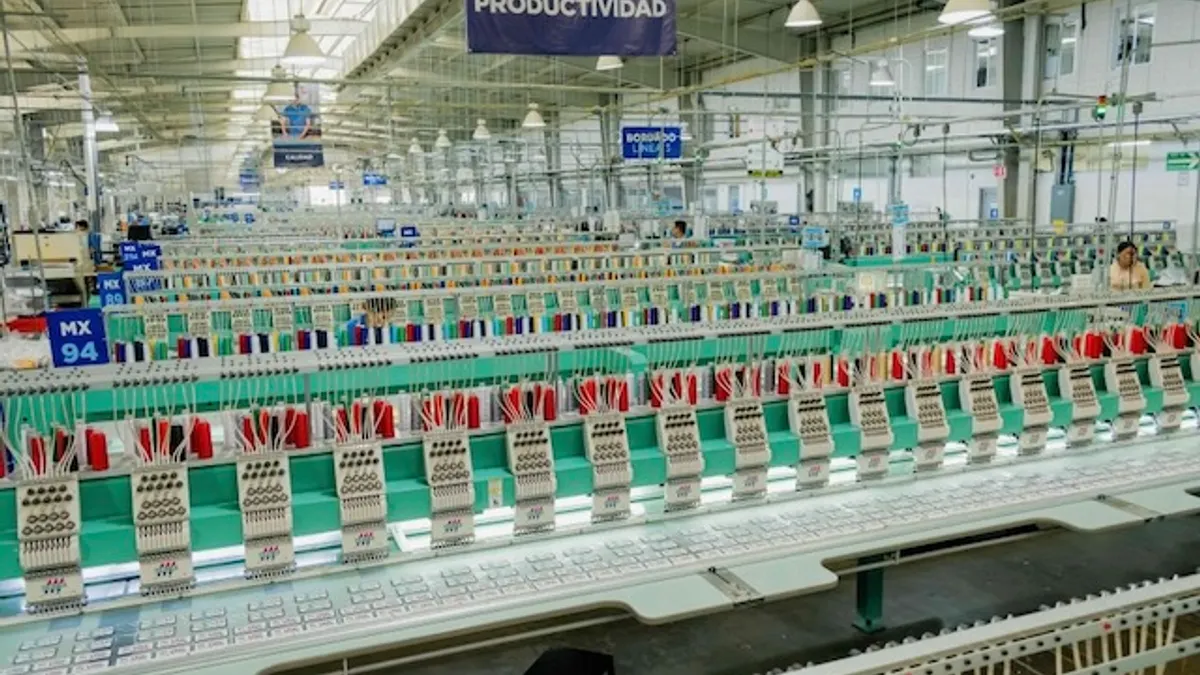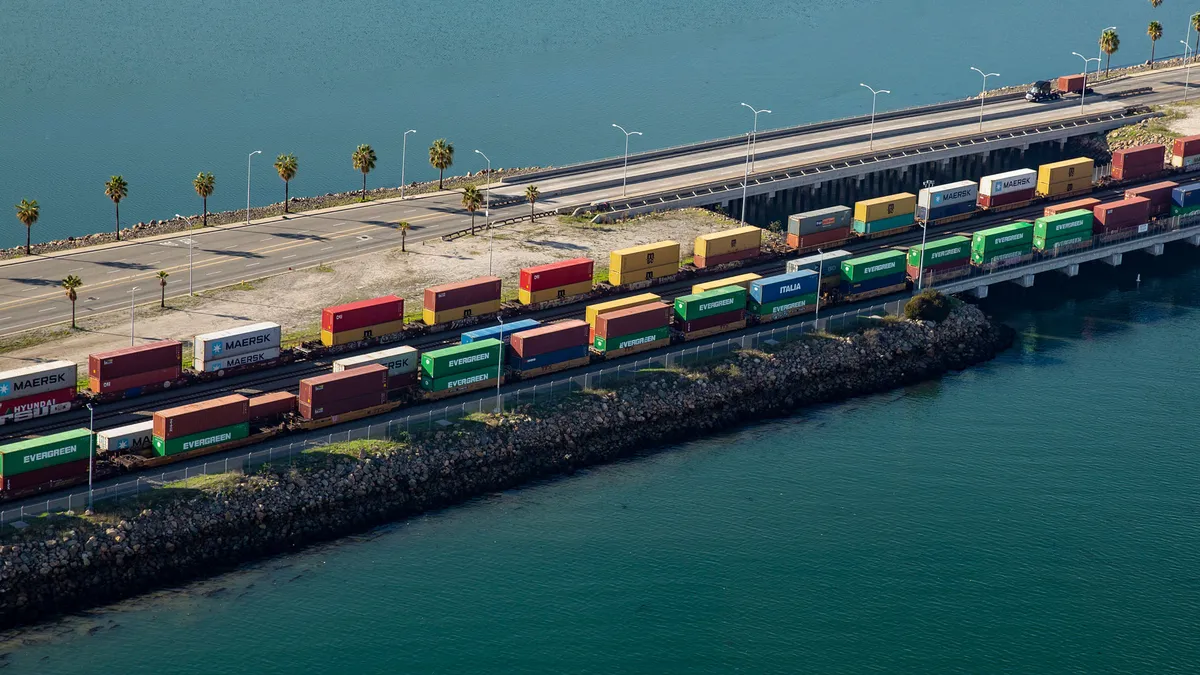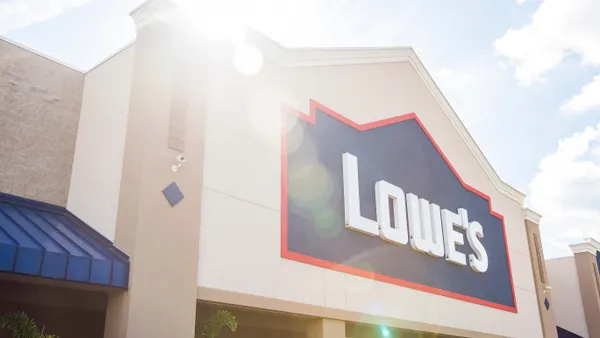At a time when supply chains are growing increasingly complex, disruptions such as natural disasters, cyberattacks and geopolitical conflict can have a significant impact on speed and sourcing. For many organizations, lean tactics and consolidation of suppliers can also amplify risks when there’s a kink in the system.
As the profitability of many organizations is now highly-dependent upon an optimally-performing supply chain, managers need to move beyond traditional metrics. They must now look to new key performance indicators that can measure their ability to survive and recover from a major disruption.
Today’s key competency: surviving disruption
As companies compete to move products in greater volumes faster and at lower costs, many are also introducing more risk into their supply chains.
Everything from natural disaster and geopolitical conflict to material price spikes and labor shortages can now impact entire supply chains. Meanwhile, the growth in outsourcing, offshoring and lean manufacturing has made the world smaller and increased the risks, David Simchi-Levi, professor of civil and environmental engineering and co-director of Leaders for Global Operations at MIT, told Supply Chain Dive.
"We’ve seen a significant increase in supply chain risk in recent years," Simchi-Levi said.
The SCM World’s 2017 Future of Supply Chain survey found a growing percentage of respondents said they were “very concerned” about data security, natural disasters and war.
Many of these risks of disruption are also amplified by the fact that supply chains are becoming more concentrated, Brian Dunch, principal at PwC, told Supply Chain Dive. Consolidation of suppliers and footprints may bring new efficiencies, but they can also amplify the effects of a disruption.
In addition, complacency may lead managers to not prepare for such shocks. "The announced and pending trade policies around the world are exposing these concentrations as companies are realizing how inflexible their supply chains really are," Dunch said.
A growing need for new KPIs
In this world of rising disruption risk, traditional key performance indicators may no longer fully measure a supply chain’s resiliency and how disruptions may impact profit.
Simon Ellis, program vice president of IDC Manufacturing Insights, told Supply Chain Dive in June 2018 that resilience is now more important than ever and that companies are measuring how quickly the supply chain can recover.
Fortunately, several trends are making it easier for organizations to measure their resiliency to such disruptions, Simchi-Levi said. Digitization is enabling organizations to gather more data through IoT and to convert that into real-time actionable analytics. Many processes involved in measuring key performance indicators (KPIs) can also be automated and then referred to humans for decision-making.
Companies should first establish broad performance metrics before they can evaluate disruption risk, Dunch said. The Supply Chain Operations Reference (SCOR) model is often a good starting point with end-to-end, strategic and tactical metrics that have “built-in tension” in them, Dunch said.
There are more than 250 SCOR metrics in five categories of performance including things such as upside supply chain flexibility and overall value at risk and order fulfillment cycle time. But because SCOR does not include a risk attribute other than supply chain flexibility, Dunch believes there’s a need for additional attributes centered solely on risk.
In fact, many of Dunch’s clients have implemented measurement systems that measure risk "across a set of dimensions that are weighted and have several layers for categorizing data."
The new KPIs and how to calculate them
Of the organizations that are measuring their resiliency and ability to survive disruption, many are going on "mostly intuition and gut feeling," Simchi-Levi said. Yet, he has introduced two primary KPIs to simplify the process of measuring the ability to withstand a disruption impact:
- Time to Recovery (TTR): This is defined as the time it takes a facility or node in the supply chain to recover after a disruption.
- Time to Survive (TTS): This metric indicates if there is a disruption in a specific facility, how long the company can keep matching demand.
Many organizations should start by calculating their TTS because it helps identify the challenges and opportunities in the supply chain, Simchi-Levi said. They can map the entire supply chain with a plan for flow from upstream to downstream facilities that determines how much they will need in each distribution center.
From there, they can simulate removing or disrupting facilities to determine how long the supply chain can meet the demand with the remaining supply. "It’s relatively objective and simple for companies to determine," he said. "It tells you what to plan for flow and how much inventory you keep with every distribution center and so forth."
While shorter TTS times in nodes or facilities indicate a need to reduce the risk of disruption, a long TTS likely means there’s an opportunity to trim inventory.
"Typically, 60 weeks’ Time to Survive is way beyond what companies need, so this is an opportunity to cut to a new strategic inventory," he said.
Time to Recovery can be a bit more subjective since it measures how long it would take to fully recover from a disruption. It requires information from sellers and suppliers to determine how long it would take each one to recover. In a robust, resilient supply chain, TTS for every facility should be greater than TTR.
Ford and Cisco have both developed some of their own internal KPIs to measure resiliency against supply chain disruption. Simchi-Levi said he has also collaborated with other companies in pharmaceuticals and aerospace that are using the metrics to measure resiliency in their supply chain.
"We’re seeing a growing number of companies following some variation of this, and some are talking about it openly," Simchi-Levi said.
No matter how organizations calculate and quantify their ability to handle supply chain disruptions, it’s essential to establish KPIs that can guide decision-making.
"In the implementations we have done, humans will receive reports about these KPIs on a weekly basis, and they might follow how their financial or operational performance will change as risk increases or decreases," Simchi-Levi said.





















